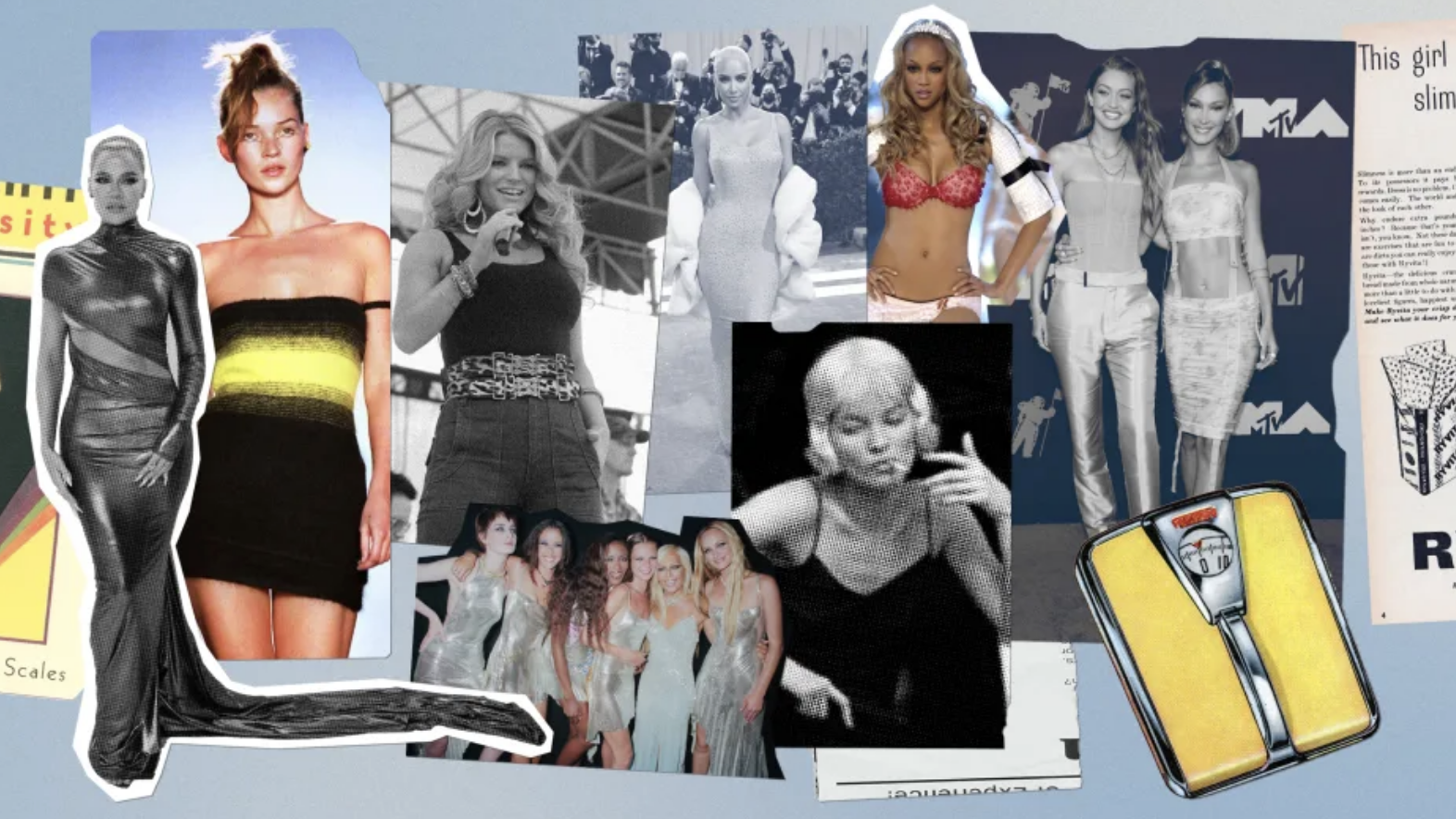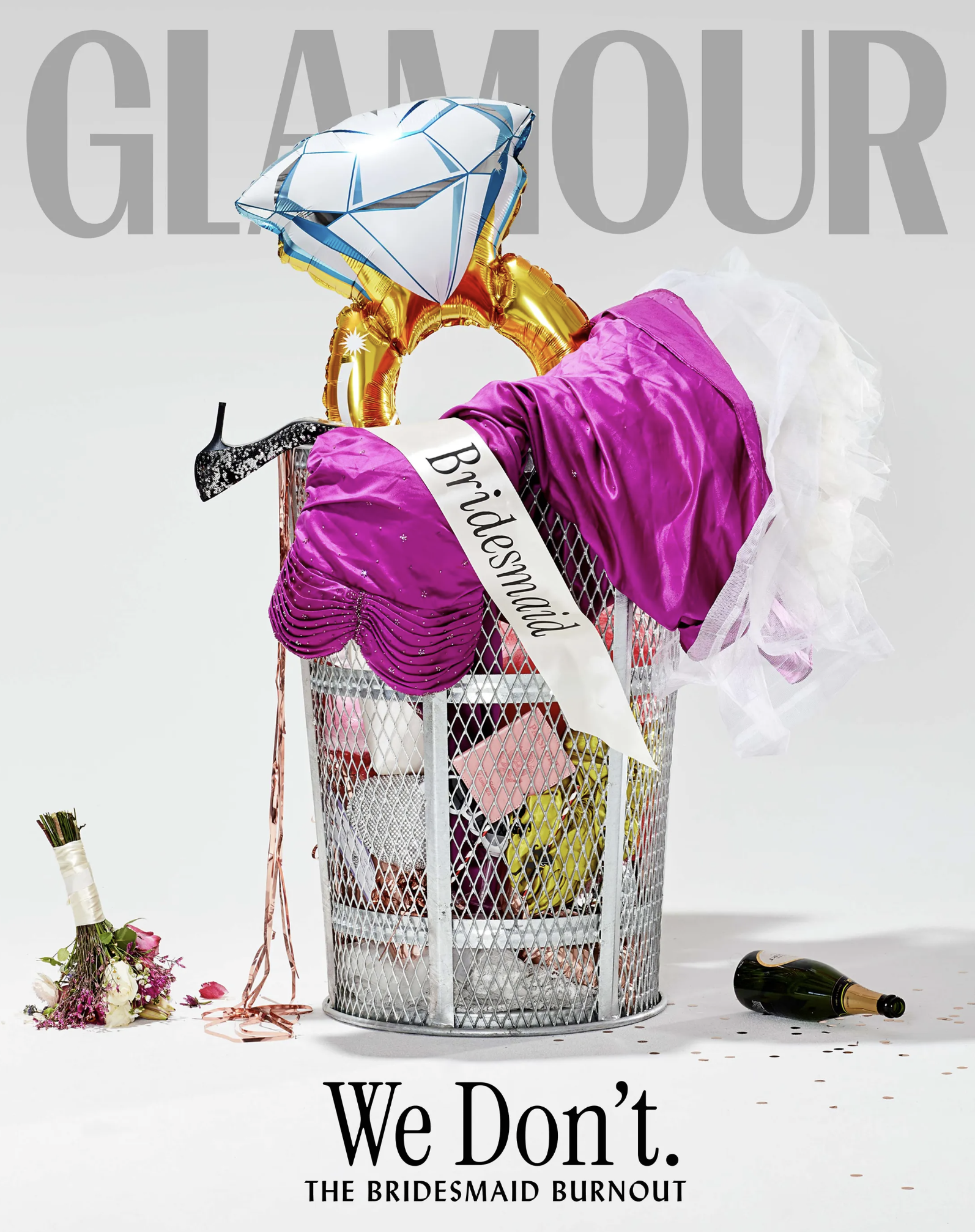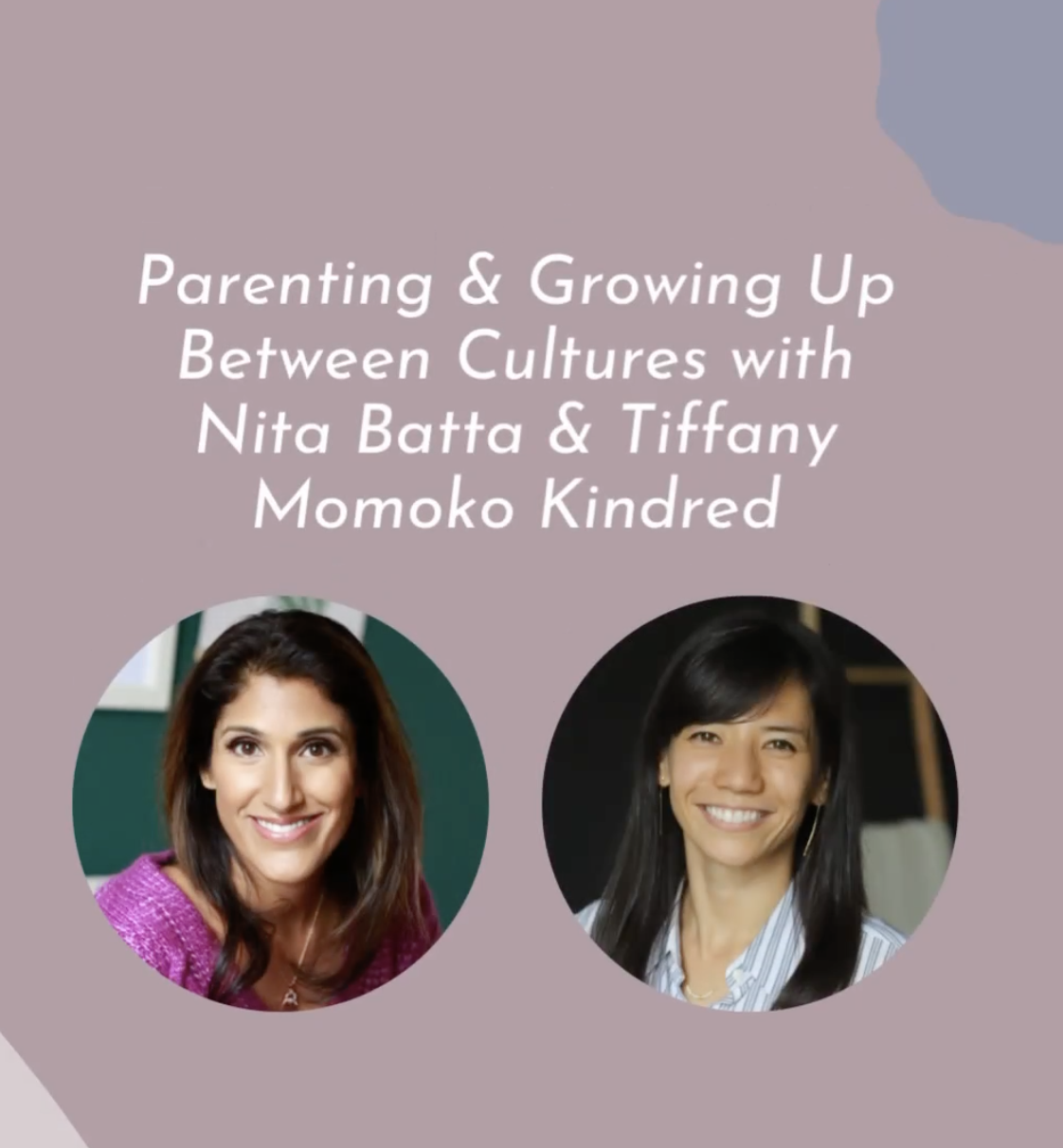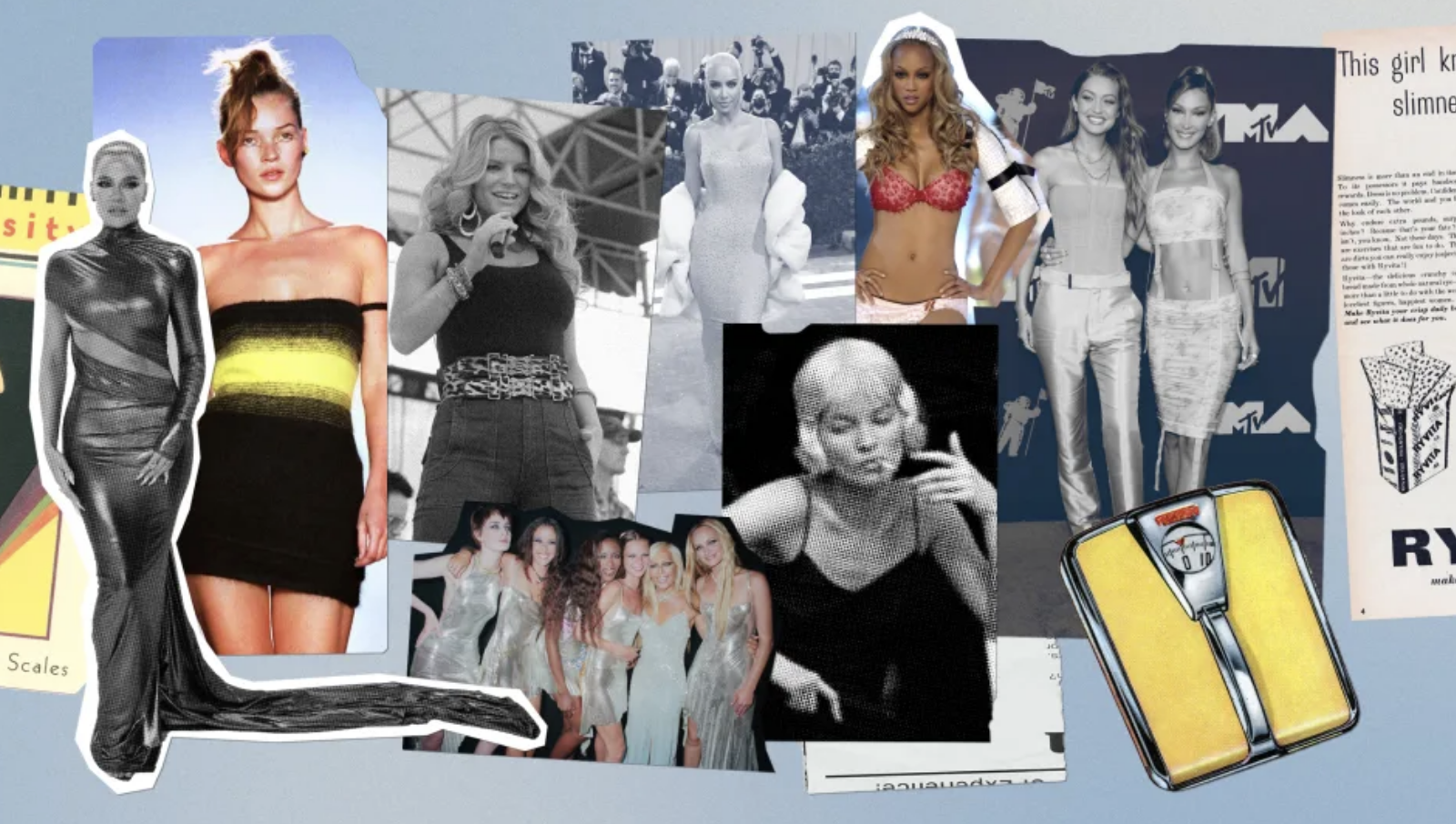For the Last Time: Body Types Are Not Trends
Body standards are still very much part of today’s zeitgeist. In recent weeks multiple outlets have reported on the return of extreme thinness after Kim Kardashian—who is often credited for pioneering contemporary beauty standards—lost 16 pounds in two weeks for the Met Gala. This, paired with the return of early-aughts aesthetics overall, has prompted the spread of a troubling narrative: That era’s body standards are now “trending,” so much so that an article headlined, “Bye Bye Booty: Heroin Chic Is Back in Style," went viral last week.
“While no one is immune, adolescent girls’ brains are more malleable,” Kara Lissy, LCSW, a psychotherapist at A Good Place Therapy, tells Glamour. “They cannot yet think as critically as adults in terms of assessing what information is harmful or helpful, let alone who is controlling that information and if it’s even true.” The end result? History repeating itself in the worst of ways: Despite at least a decade of body positivity and neutrality, we are once again being told that body types are binary—good and bad; thin and fat—practically rendering the past 20 years’ worth of activism futile.
“Aside from the obvious fact that it gives a nod to a dangerous and highly addictive drug, this language sends the message that depriving your body of nutrients for the sake of appearing more attractive in society is acceptable,” Lissy continues. “This is a slippery slope in terms of our vernacular: Heroin chic is not a casual household term we should be throwing around to describe the aspirations of young women.” The implication that using drugs—and/or needles—to achieve the “ideal” body is also damaging, especially now that diabetes medication has become such a common tool for weight loss that it’s led to a nationwide shortage.
